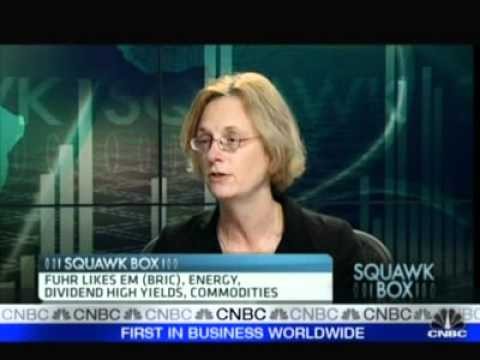New ETFs target retirement market
Post on: 16 Август, 2015 No Comment

JohnSpence
BOSTON (MarketWatch) — The first target-date exchange-traded funds might just lift the velvet rope that has kept ETFs from the biggest party of all: 401(k) retirement plans.
ETFs listed on U.S. exchanges have grown to more than $500 billion in assets, but they’ve been unable to make significant inroads into the retirement-plan market, long seen as a cash cow for traditional mutual funds.
At the end of 2006, 401(k) plan assets grew to about $2.7 trillion, according to Investment Company Institute, the main trade group for the mutual fund industry. About 50 million American workers participated in 401(k) plans at year-end.
Mutual funds have enjoyed a tremendous boost from the rise of the 401(k) because, along with other products such as annuities, they account for most retirement investment options.
ETFs, meanwhile, face several barriers to entry. ETFs are structured as baskets of securities that trade like individual stocks, and broker commissions are required to buy and sell shares. Many wonder if the ability to trade frequently is relevant for long-term investors in 401(k) plans.
Some firms are working on platforms that would aggregate ETF trades to reduce trading fees. However, the administration and record-keeping of retirement plans is geared to mutual funds.
Tracking the life cycle
In a bid to crack the 401(k) nut, TD Ameritrade Holding Corp. AMTD, -0.26% subsidiary Amerivest Investment Management LLC and XShares Advisors have partnered to create a family of the first lifecycle ETFs.
Also known as target-date funds, these offerings have been extremely popular choices in retirement plans when offered as mutual funds. The investment products are designed to provide investors with diversified exposure to bonds, U.S. stocks, foreign companies and other asset classes.
Target-date funds are classified by the year in which the worker plans to retire or reach some other major financial goal. These products are designed to automatically scale back risk as the investor gets closer to the target date, typically by selling stocks and buying income-producing bonds.
So-called balanced funds, which include lifecyle offerings and invest in both stocks and bonds, are increasingly popular with younger workers in 401(k) plans.
More recently hired participants hold balanced funds and are more likely to hold a high concentration of their accounts in balanced funds, wrote the ICI in its latest review of the 401(k) market.
In addition, at year-end 2006, 24% of the account balances of recently hired participants in their twenties is invested in balanced funds, compared with 19% in 2005, and about 7% among that age group in 1998, the group said. A similar pattern occurs across all age groups.
Apart from target-date funds, the ETF business has been trying to break into the retirement-plan market for years. There are already funds of funds and separate accounts that use ETFs for the underlying investments.
Additionally, BenefitStreet Inc. and money manager Barclays Global Investors earlier this year struck a deal to distribute ETFs to corporate sponsors. See related story.
BenefitStreet, which handles record-keeping and many client-support functions, last month launched a new 401(k) platform enabling investors to choose both ETFs and mutual funds in the same plan.














